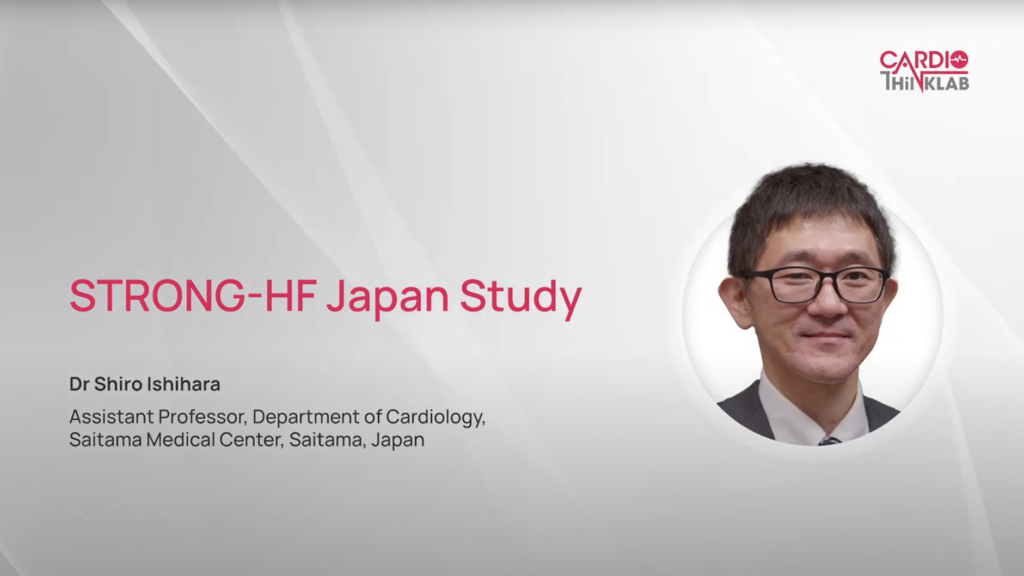Dr Suguru Asako
Seeking a consultation from cardiologists takes time and makes the patients inevitably end up staying longer in the hospital. Not only does this take a psychological toll on patients, but it is also physically stressful. The 0h/1h algorithm helps reduce the length of hospital stay and makes it possible for patients to receive an equal assessment from doctors other than cardiologists.
Dr Masayuki Shiozaki
Having significantly reduced misdiagnosis by non-cardiologists and young doctors, it also reduced unnecessarily long stays, hospitalization of patients and emergency catheterization exams during night shifts. With that, we are able to assess patients with a test that results in less complications.
Dr Pisit Hutayanon
The faster a patient is diagnosed, the greater the benefits delivered directly to the patient. Once we were able to diagnose a suspected patient as having a disease with complications and high risk of fatality, the patient can receive the appropriate treatment faster. Also, the patient can be transferred to follow-up wards such as a critical care unit (CCU), where continuous ECG monitoring is possible, more rapidly. Taking into consideration the patient’s and relatives’ point of view, waiting to be diagnosed for such a serious health problem, even for just half an hour, is still a very long waiting time. If we can diagnose faster, within about an hour, then it can alleviate their worries, and reduce uncertainty about the diagnosis of the patient and what has to be done next.
Dr Winchana Srivilaithon
For patients, this can reduce their time spent waiting in hospitals and eliminate unnecessary ward admissions or further investigations. In the long run, it might reduce the overall cost of treatment and enhance patients’ satisfaction with the services provided.



















